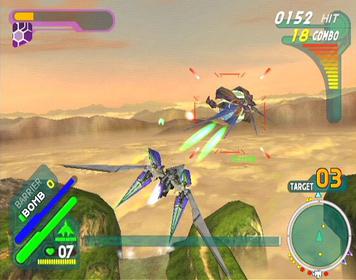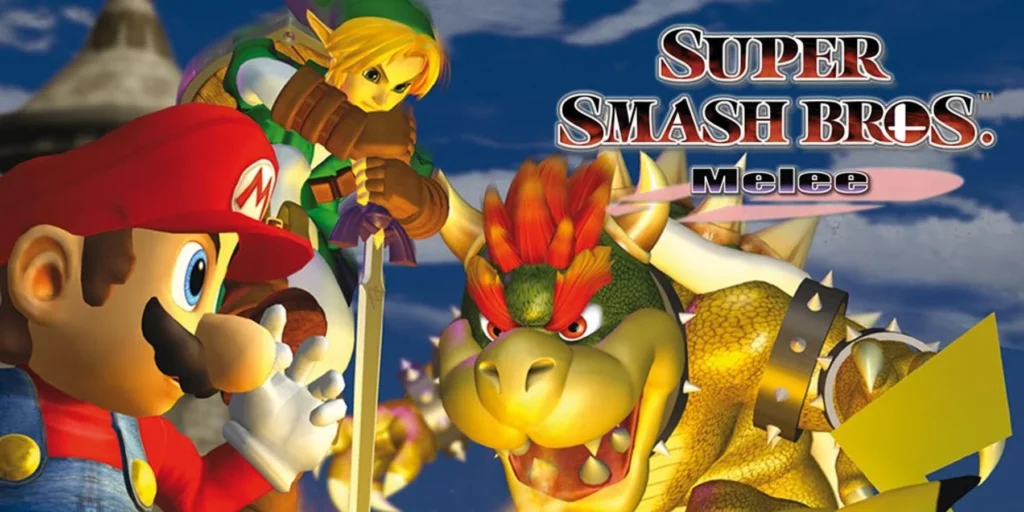During the U.S. Copyright Office’s rulemaking session in October 2024, the office announced that they would not grant an exemption from the Digital Millennium Copyright Act (DMCA) that would have allowed libraries to remotely share digital access to video games. This is a big blow to video game preservation efforts being made by the Video Game History Foundation, the Software Preservation Network, and other groups, as the change would have allowed increased access to games that are otherwise out of print.
In this post, we will be discussing the state of video game preservation, what this rule would have changed, and why the Copyright Office decided against it.
The State of Video Game Preservation
Lobbying groups like the Entertainment Software Association have argued in the past that they and their member companies “have been long committed to the preservation of video games”, but how effective has that effort really been? The question that naturally arises is whether game companies are doing enough to preserve old games.
The short answer is no. Video game companies are not doing nearly enough to make old games available. A study by preservation groups found that 87% of classic video games released in the United States are simply not being reissued.

In other words, of all the games released before 2010, only 13% are available for you to play legally. The only way to play them is to maintain old hardware (which is increasingly failing due to the passage of time) and find an original copy of the game at increasingly absurd prices, or through piracy and emulation.
This 13% does include games that have been reissued in some form like compilations of classic games, as well as subscription services that make old games available like Nintendo Switch Online or Playstation Plus. However, even these digital marketplaces tend to disappear when a new console is released, as we saw when Nintendo shut down services for the Wii, 3DS and Wii U.
To be clear, we’re not talking about live-service games that require an online connection to operate. That’s a separate issue. “Classic video games” were defined as any game that was released before 2010, before online gaming and digital distribution really took off. These are games that would be fully functional today if they were only made available.

Imagine this in any other artistic medium. Imagine if the only way you could watch an old movie, read an old novel, listen to an old song, or enjoy any other artistic piece was to track down an old copy and hardware to run it.
I do recognize that video games are different from these other mediums in that the hardware required to run them is specialized and replaced much more rapidly than things like DVDs. My Blu-ray player in my living room can run DVDs, but my Switch can’t run Wii U games.
However, we live in a digital age. Gone are the days when companies had to reissue their old games on expensive physical media. They can just be put on a digital storefront with minimal upkeep.
Not only that, but it’s easier than ever to make old games playable. Emulation exists, and rights holders making their own games available is an unquestionably legal use for it. It’s the responsibility of the rights holders to make these games available, and there are ways to do it.
Video games are a massive industry. If we want to be taken seriously as an art form, we need to be treating games as pieces of art.
The state of Video Game Preservation is dire, but this change in the DMCA would have helped remedy things.
What this Change Would Have Done for Video Game Preservation
Normally, this unavailability would be where your library or other archives would be able to help you. They should be able to let you enjoy classic works, both for entertainment and research purposes.
The Copyright Office has a rulemaking session every three years. This is where this change was deliberated. The proposed change creates a new exemption to the prohibition against circumvention,1 which means that libraries and archives would be able to remotely share digital access to classic video games in their collections. This would be consistent with other forms of media, where libraries are able to digitize works they have collected to make them available for patrons within certain limitations.2
For video games however, this is not allowed since it would involve circumventing technical protection measures (TPMs) meant to restrict access to the work3 which is prohibited in Section 1201 of the DMCA. This means that libraries and archives are not allowed to break copy protections to make them remotely accessible.
The proposed changes would have amended the existing exemptions which permit libraries and archives to circumvent TPMs on computer programs and video games for the purpose of preservation. It also would have removed certain limitations like the programs only being available to a single user at a time.
Proponents of this change argued that this would not affect the market for those games because only works that are no longer “reasonably available in the commercial marketplace”4 would be affected. In other words, it wouldn’t be recent releases or games that are otherwise currently available to purchase, but older games that aren’t currently being sold.
This also wouldn’t have made it so that libraries could have unrestricted access to whatever video games they wanted. It would be limited to research purposes, which is in line with the purpose of such archives for other types of creative works.
Simply put, this change would have allowed libraries and archives to be able to more readily make older video games available in selective ways and better preserve them. They would be permitted to digitize them and make them available in some form online, while currently you would have to travel to schedule an appointment with an archive, travel there in person, and maintain the required hardware.
The Argument Against This Change
This sounds like a good change, why didn’t it go through? Why didn’t the Copyright Office make this change to make video games more in line with other forms of art?
The ESA argued that these changes would harm the “substantial market for classic games” and provided examples of authorized versions of classic games. This includes classic games like re-releases as well as subscription services that make old games available to play. While it is true that classic games are being rereleased, this does ignore the 87% of classic games that we discussed earlier that are simply not available to play.
Another argument presented was that secondary markets, in this case game resellers, showed that there were alternatives to circumvention to playing these old games. The prices there are very high for players who want to play the games, and are more geared towards collectors.
I was able to go to the Portland Retro Gaming Expo, and the prices that these old games command, not even the rarer ones, were simply prohibitive. That’s also disregarding the aging hardware that is becoming more difficult to repair or replace, or that game publishers aren’t even profiting from this secondary market.
The ESA also took issue with how the games would be restricted to only authorized users, but they also acknowledged that there was no combination of limitations that they would support that would provide remote access to these games. That is, they feared that users would make “entertainment uses of video games” instead of using them strictly for research purposes. Which admittedly sounds kind of silly on its own.

Of course, there are other reasons why the video game industry might be hesitant to make their old games more available. Some fans might not buy the newer games in a series because they prefer the older ones and consider them better, as is the case for Super Smash Bros. Melee, which has a particularly passionate fanbase that doesn’t always translate to the newer entries in the series.
For these reasons, the U.S. Copyright Office decided not to grant this exemption to video games or other software.
Conclusion
A copyright holder has the exclusive right to a work. Sometimes that means that the rights holder chooses not to make a work available, for various reasons. Video games are uniquely hurt by this because of changing hardware requirements, which is why there are so many games that are simply disappearing and becoming inaccessible.
I believe that there is a middle ground somewhere that both respects copyright holders’ rights and allows video game preservation efforts to continue and those old games to become available. However, the way that copyright law is written now often makes it difficult, even though technology has made video games more available than ever through easier distribution.
We want video games to be taken seriously as an art form. If that’s what we want, we need to start treating video games as art, rather than strictly as products designed to make money. That means making preservation efforts as well as making them available for the future.
And hey, the fact that companies continue to release compilations of classic games does at least suggest that there’s money to be made for publishers in video game preservation.
Further Reading:
Full Section 1201 Rulemaking Proceedings (It is very long.)
Video Game History Foundation’s Statement on the DMCA 2024 Triennial Review Ruling
Full comment arguing for the change in the DMCA.
- 37 C.F.R. § 201.40(b)(17) ↩︎
- These limitations can include only allowing verified researchers access to the work, only being able to loan out a certain number of copies of an e-book or audiobook at a time, having to use technological measures to keep these limitations in place, and more. ↩︎
- Note that this is a similar argument to the one against emulation, that it circumvents measures meant to restrict access to the work. ↩︎
- https://public-inspection.federalregister.gov/2024-24563.pdf Page 28 ↩︎

Leave a Reply